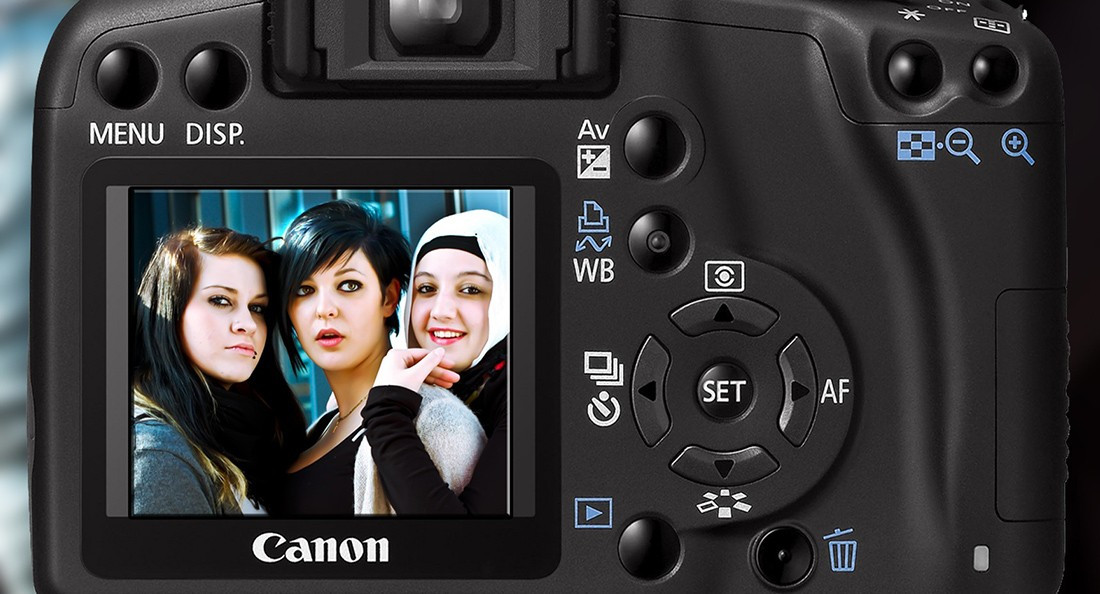User-friendly cameras mean more diversity in film
New technology makes it easier to realize artistic vision
Local filmmakers have seen a shift in power dynamics on set within the last few years, mostly due to advances in technology.
Tyson Caron, who is currently promoting his feature film Lovesick, started making movies in the early 2000s.
Video cameras were becoming more popular, but the quality didn’t compare to film, an expensive and time-consuming option.
“The first short film that I made was shot on super 16mm, so it would have got processed in a lab in Toronto then sent back here,” he says.
Local cinematographer and director of photography (DOP) Andrew Luczenczyn says, for a long time, getting work as a DOP meant having a certain level of privilege.
“They usually come from quite wealthy families, because it costs a lot of money to go to these schools to learn how to use these multi-million dollar cameras,” he says.
In the past, there weren’t many young DOPs, because it took years of work to acquire a level of expertise, Luczenczyn says.
“Now, that is starting to disappear,” he says. “You’re starting to have people who are shooting on very inexpensive cameras, who are suddenly able to hit that artistic vision.”
Caron admits he isn’t the most technologically savvy person, so having instant playback helps him out on set.
“If I have a vision and I want something to look a certain way, I create a lookbook,” he says. “If I’m able to see on the day while we’re shooting that I’m actually getting what I planned to shoot ... it’s just a way to really give yourself some confidence.”
That confidence extends to the whole team, he says. Understanding how cameras operate means being able to produce a greater result.
“It allows everyone to see the process better, I think. Everyone can contribute more,” he says. “The best part about making art with people is when you’re working together.”
Luczenczyn has seen more diversity in the film world recently. He is excited about the disappearance of what he calls an old boy’s club.
There is an unfortunate flip side to great quality at an affordable price though.
“Basically, if you can produce a good image on that screen, you can get work. And it’s hard because, at the same time, it’s also dropping the rates,” Luczenczyn says. “I’ve experienced trying to make the money that I feel like I deserve, while some producers might just want somebody to be able to show up with a camera and make images.”
Another financial drawback to the constant evolution of technology is the pressure to constantly upgrade.
Caron says there are so many great cameras to choose from at this point, and he advises filmmakers not to worry about having the most up-to-date model.
He suggests investing in high quality lenses, which last longer than camera bodies.
Great projects have been made on iPhones, Caron says. His priority will always be to find a team that works well together.
Published in Volume 71, Number 21 of The Uniter (February 22, 2017)








